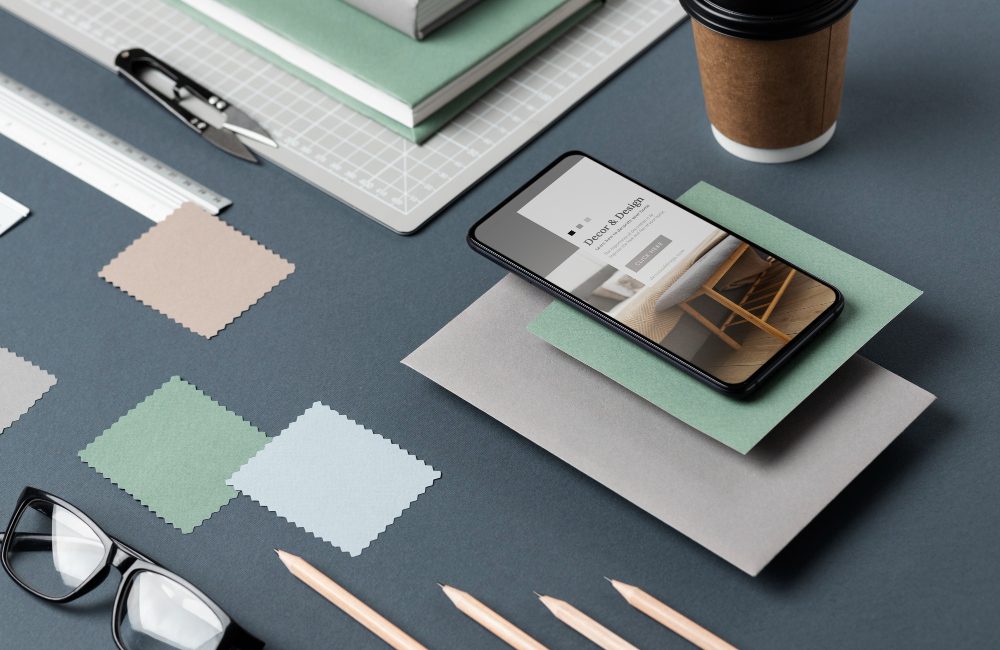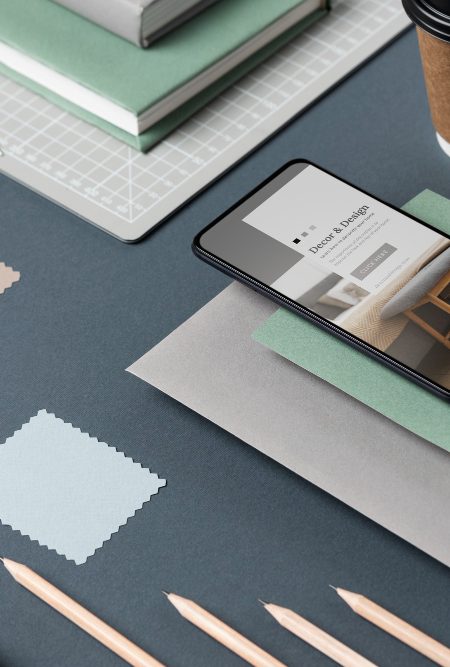Understanding the Enduring Value of Minimalist Design Principles in Modern Digital Products
In today’s digital environment, where users are constantly bombarded with notifications, countless app options, densely packed interfaces, and overwhelming streams of content, simplicity has become more than a stylistic choice—it is a necessity. Minimalist design in digital products strips away the unnecessary in order to highlight what truly matters: functionality, clarity, and user ease. Its enduring relevance is not tied to fleeting aesthetic trends, but to the core philosophy that less can indeed be more when it comes to human interaction with technology.
Minimalism, when applied thoughtfully in digital products, ensures that users are not exhausted by visual clutter or buried under endless feature sets. Instead, they encounter clean layouts, intuitive navigation, and interfaces that communicate with clarity and restraint. This design principle is not about creating emptiness or coldness; it is about crafting digital spaces that feel calm, purposeful, and breathable in contrast to the frenetic energy of modern online life.
As digital platforms expand across smartphones, laptops, wearables, and even voice-first devices, seamless transitions and consistent messaging have become vital. Minimalist design allows brands to scale their experiences without overwhelming users with constant adjustments or new design paradigms. By reducing complexity and prioritizing essential interactions, it empowers users to engage more fully and comfortably across different contexts. In a world saturated with information, minimalism creates an oasis of order where functionality and emotional ease coexist—a combination that directly impacts usability, accessibility, and long-term adoption.
Examining the Timeless Appeal of Simplicity, Restraint, and Purposeful Design
Minimalism’s staying power in digital products lies in its universality. While design trends fluctuate—from skeuomorphism to flat design to neomorphic explorations—minimalist principles have endured because they connect to fundamental human needs. People naturally gravitate toward environments that reduce cognitive load, give them focus, and help them complete tasks without unnecessary friction.
Increasingly, attention spans are shrinking, shaped by the speed of digital media consumption. Users no longer tolerate apps or websites that take too long to figure out; interfaces must be usable at first glance. A minimalist approach accomplishes this by emphasizing hierarchy, clean typography, balanced whitespace, and deliberate use of color and imagery. The result is not just visual appeal but functional efficiency—users find what they need quickly, without second-guessing.
This philosophy extends beyond utility into the realm of trust and brand differentiation. In highly saturated app markets, products that overwhelm with clutter or overpromise with too many features risk immediate abandonment. Conversely, those that embrace minimalist design principles communicate professionalism, confidence, and respect for the user’s time. In this sense, simplicity becomes a competitive advantage. A clean, purposeful design signals that the product values clarity and is built with intention, not excess.
We see this reflected in the success of modern collaboration tools, productivity apps, and wellness platforms, many of which prioritize decluttered interfaces to support focus and calm. Minimalism here plays a psychological role: users feel less stressed, more in control, and more likely to return. It’s not just the look and feel—it’s the emotional impact of simplification that drives long-term engagement.
Minimalism as More Than Aesthetics: A Sustainable and Scalable Approach
What makes minimalist design especially relevant today is its scalability. A design language rooted in restraint and clarity adapts easily across devices, screen sizes, and even future technologies. Instead of chasing every stylistic trend, teams that adopt minimalist philosophies can focus on sustainable interface systems that remain consistent and familiar across platforms. This adaptability is invaluable in an age where products are consumed across multiple contexts—from a smartwatch glance to a VR interface.
Moreover, accessibility benefits significantly from minimalism. Cleaner designs with clear hierarchy facilitate screen reader compatibility, improve contrast for readability, and support inclusive navigation for users of varying cognitive and physical abilities. Here, the principle of “less is more” translates into broader usability for people who might otherwise be excluded by overwhelming or visually chaotic designs.
The emphasis on minimalism is also aligned with the broader cultural shift toward digital well-being. As more users express fatigue from over-connection and over stimulation, products that embody intentional simplicity gain appeal. By reducing unnecessary layers and honoring purposeful interactions, minimalist design can reduce the friction and anxiety that often come with digital overload.
Conclusion: Why Minimalist Design Continues to Matter
Minimalist design remains relevant because it transcends temporary trends and speaks directly to enduring human needs for clarity, focus, and efficiency. In a digital landscape oversaturated with complexity, minimalism asserts its value not as a purely aesthetic preference, but as a practical, measurable advantage. It improves usability, supports accessibility, and enhances trust between product and user.
More importantly, minimalist design offers emotional relief in a world where digital interactions dominate nearly every aspect of our personal and professional lives. By centering simplicity, purposeful restraint, and functional elegance, it gives users not just better tools, but better experiences. And in doing so, it assures us that minimalism in digital products is not an outdated philosophy—it is a timeless one, still shaping how we interact with technology today and well into the future.











